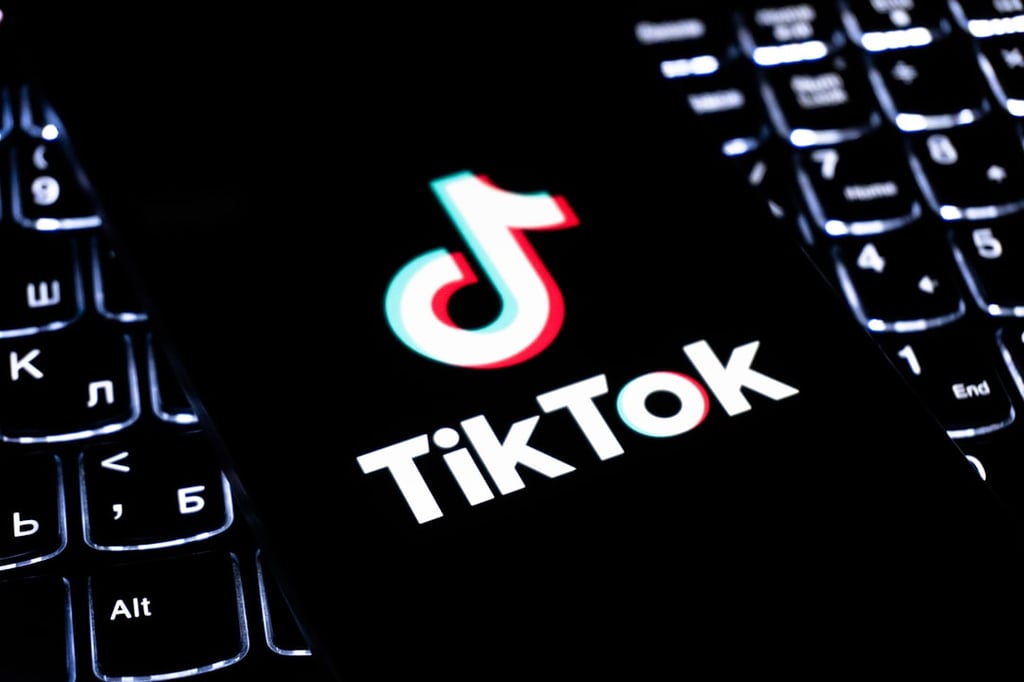iPhones, iPads and a “Galaxy” of Android devices flooded into the workplace last year. Today’s release of the latest Citrix Mobile Analytics Report reveals that last year, worldwide mobile device enrollment was up 72 percent compared to 2013. Apple emerged as the most work-friendly mobile platform with 64 percent of all enrollments, followed by Android […]
Datamation content and product recommendations are
editorially independent. We may make money when you click on links
to our partners.
Learn More
iPhones, iPads and a “Galaxy” of Android devices flooded into the workplace last year.
Today’s release of the latest Citrix Mobile Analytics Report reveals that last year, worldwide mobile device enrollment was up 72 percent compared to 2013. Apple emerged as the most work-friendly mobile platform with 64 percent of all enrollments, followed by Android (27 percent) and Windows (9 percent).
Device preferences differ by region and industry, Citrix found. In a statement, the company noted that “Android is gaining popularity in Asia, and Windows is more than twice as popular in EMEA (16 percent) as it is in North America (7 percent).” Banks and brokerages are particularly fond of Apple, “with 71 percent of managed devices in the financial industry being on iOS and 39 percent penetration of managed Android devices in healthcare,” said Citrix. Windows, meanwhile, is finding some success in manufacturing with 7 percent adoption.
In terms of protecting those devices and the data they contain, 90 percent of businesses have implemented passcode policies. Twenty-seven percent of businesses admit to placing restrictions on device use, while another 27 percent manage Wi-Fi access. Another 11 percent require the use of virtual private networks (VPN) to access sensitive information and company resources.
In terms of apps, businesses are largely shunning “third-party productivity apps that may lack enterprise-grade security,” stated the report. “Top blacklisted apps include GPS, Keep Alives, Dropbox, Mail, Facebook and Twitter.”
On the other side of the coin, the list of top whitelisted, or permitted, apps include Adobe Reader, OneNote, Lync, Facebook and Twitter. Regarding the blacklisted-whitelisted overlap in social apps, Citrix’s findings suggest “that while some companies block these apps from personal use, others may allow them for marketing purposes.”
The launch of Apple’s long-awaited, phablet-sized iPhone 6 Plus smartphone did more than help the Cupertino, Calif.-based company set sales records — it increased demand for mobile data. “iPhone 6 Plus subscribers generate twice as much data volume as iPhone 6 subscribers – mobile data customers need to be aware of this impact on cost of associated mobile data plans,” said the report, further noting that users are exhibiting data usage patterns similar to tablet owners.
Users are consuming mobile data for 4.6 minutes at a time, on average, peaking at 9 p.m. with 6.7 minutes. The lowest levels of mobile engagement are at 4 a.m. with 2.7 minutes. Citrix recommends that telecoms and mobile network operators “adapt to subscriber demand by leveraging a dynamic and flexible mobile network infrastructure.”
Pedro Hernandez is a contributing editor at Datamation. Follow him on Twitter @ecoINSITE.
Photo courtesy of Shutterstock.
-
Huawei’s AI Update: Things Are Moving Faster Than We Think
FEATURE | By Rob Enderle,
December 04, 2020
-
Keeping Machine Learning Algorithms Honest in the ‘Ethics-First’ Era
ARTIFICIAL INTELLIGENCE | By Guest Author,
November 18, 2020
-
Key Trends in Chatbots and RPA
FEATURE | By Guest Author,
November 10, 2020
-
Top 10 AIOps Companies
FEATURE | By Samuel Greengard,
November 05, 2020
-
What is Text Analysis?
ARTIFICIAL INTELLIGENCE | By Guest Author,
November 02, 2020
-
How Intel’s Work With Autonomous Cars Could Redefine General Purpose AI
ARTIFICIAL INTELLIGENCE | By Rob Enderle,
October 29, 2020
-
Dell Technologies World: Weaving Together Human And Machine Interaction For AI And Robotics
ARTIFICIAL INTELLIGENCE | By Rob Enderle,
October 23, 2020
-
The Super Moderator, or How IBM Project Debater Could Save Social Media
FEATURE | By Rob Enderle,
October 16, 2020
-
Top 10 Chatbot Platforms
FEATURE | By Cynthia Harvey,
October 07, 2020
-
Finding a Career Path in AI
ARTIFICIAL INTELLIGENCE | By Guest Author,
October 05, 2020
-
CIOs Discuss the Promise of AI and Data Science
FEATURE | By Guest Author,
September 25, 2020
-
Microsoft Is Building An AI Product That Could Predict The Future
FEATURE | By Rob Enderle,
September 25, 2020
-
Top 10 Machine Learning Companies 2020
FEATURE | By Cynthia Harvey,
September 22, 2020
-
NVIDIA and ARM: Massively Changing The AI Landscape
ARTIFICIAL INTELLIGENCE | By Rob Enderle,
September 18, 2020
-
Continuous Intelligence: Expert Discussion [Video and Podcast]
ARTIFICIAL INTELLIGENCE | By James Maguire,
September 14, 2020
-
Artificial Intelligence: Governance and Ethics [Video]
ARTIFICIAL INTELLIGENCE | By James Maguire,
September 13, 2020
-
IBM Watson At The US Open: Showcasing The Power Of A Mature Enterprise-Class AI
FEATURE | By Rob Enderle,
September 11, 2020
-
Artificial Intelligence: Perception vs. Reality
FEATURE | By James Maguire,
September 09, 2020
-
Anticipating The Coming Wave Of AI Enhanced PCs
FEATURE | By Rob Enderle,
September 05, 2020
-
The Critical Nature Of IBM’s NLP (Natural Language Processing) Effort
ARTIFICIAL INTELLIGENCE | By Rob Enderle,
August 14, 2020
SEE ALL
ARTICLES









